Spring Break: the almond blossom route
The days grow longer, the temperature rises, and spring gives its first signs. Follow us through 10 destinations where you can enjoy a true spectacle of Nature: the Almond Blossoms
Almond Blossoms symbolize a time of rebirth, after the winter difficulties. From the North to the Algarve, with the first signs of spring, pink and white become the predominant colors in Nature and many places are decked out and perfumed to receive one of Mother Nature's most romantic moments. Legend has it that almond trees appeared in Portugal thanks to the young Moorish king Ibn-Almundim who had them cultivated to please his Nordic princess, Gilda, who missed the snow in her homeland. Truth or legend, this stunning scenery, which inspired so many spring romances and artists (like Vincent Van Gogh in his painting “Almond Blossom”), should be a must on any travel wishlist.
Breathe, reborn, (re) fall in love and get inspired with All About Portugal. List the 10 destinations where you can see the Almond Blossoms and also take the opportunity to discover the traditions and historical, natural and gastronomic heritage of these places. But hurry up, it's a show that lasts just over two weeks.
Trancoso
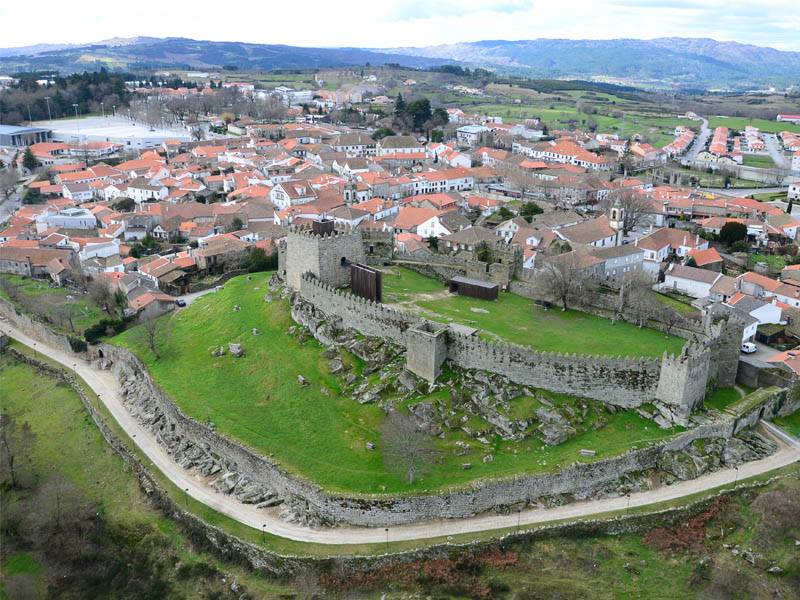
Village located at more than 800 meters of altitude, composed of a nucleus of medieval origin. It is located within walls, where there is a 13th century citadel, known as the Templar Castle. Highlight for some manor houses, several temples and a Jewish housing nucleus, created in the 14th century.
Moncorvo
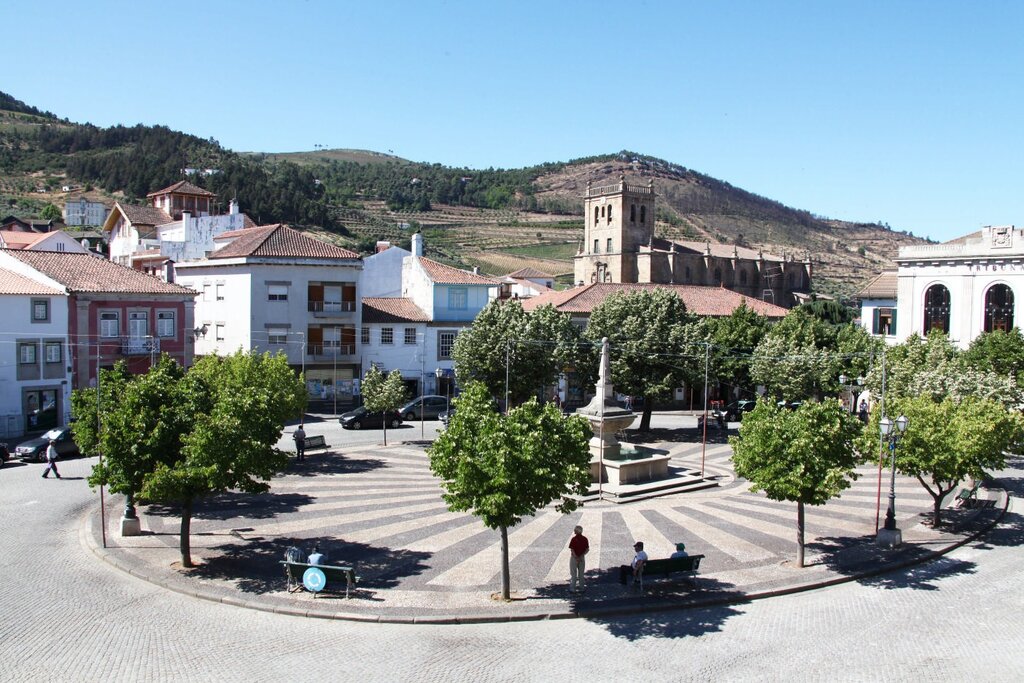
Most of the buildings in the historic center are from the 16th, 17th and 18th centuries or constructions that, although not of high heritage value, are part of the period, enhancing the value of the complex.
Castelo Rodrigo
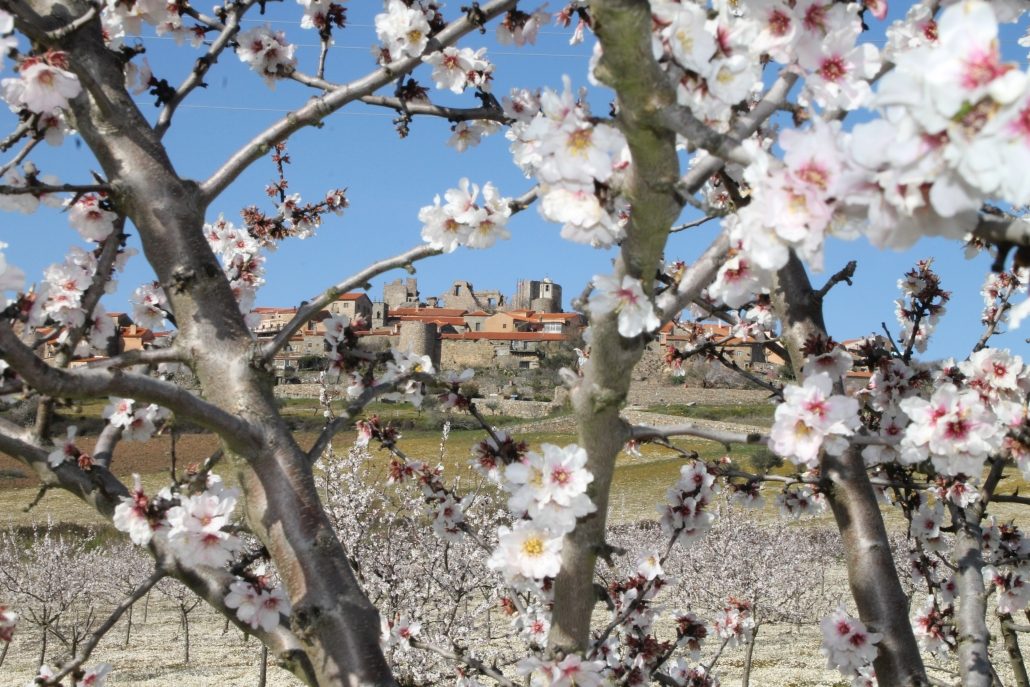
Located on a steep hill, the spring of the Marofa mountain may have been peopled 500 years bC and later occupied by the romans, of whom two road parts remain in the village. It has a reather valuable set of military and religious architecture, namely the walls of the medieval castle, the manuelin pillory, the palace of the first Marquis of Castelo Rodrigo, the Rocamado Church and several houses with manuelin windows. The region's crafstwork includes embroidries and more.
Foz Côa
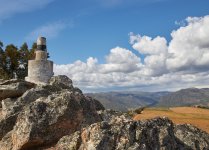
The terraces are the “ex-libris” of the Alto Douro. This landscape full of curves, with a schist terrain, is the work of the man of this region who takes care of it and plants here the famous wine of the region.
Vila Flor
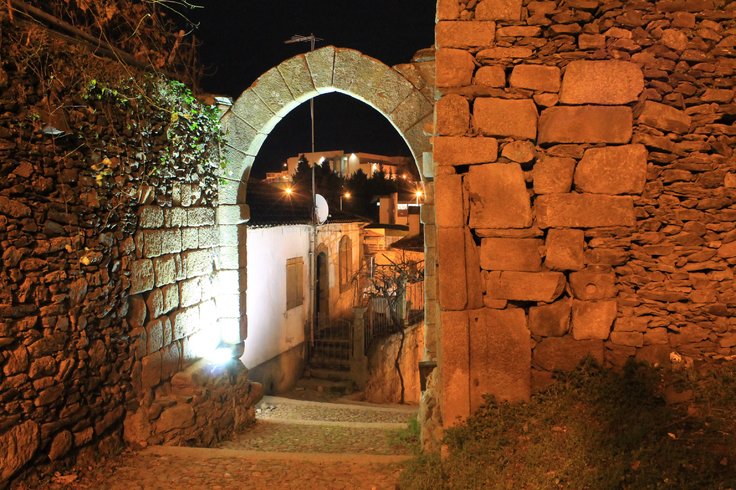
Only the Porta da Vila or Arco de Dom Dinis and a section of the wall remain from this medieval castle. The main door is flanked by a tower flanked by two semicircular defensive towers. The town of Vila Flor was part of a border defense zone against attacks from Castile and León.
Freixo de Espada à Cinta
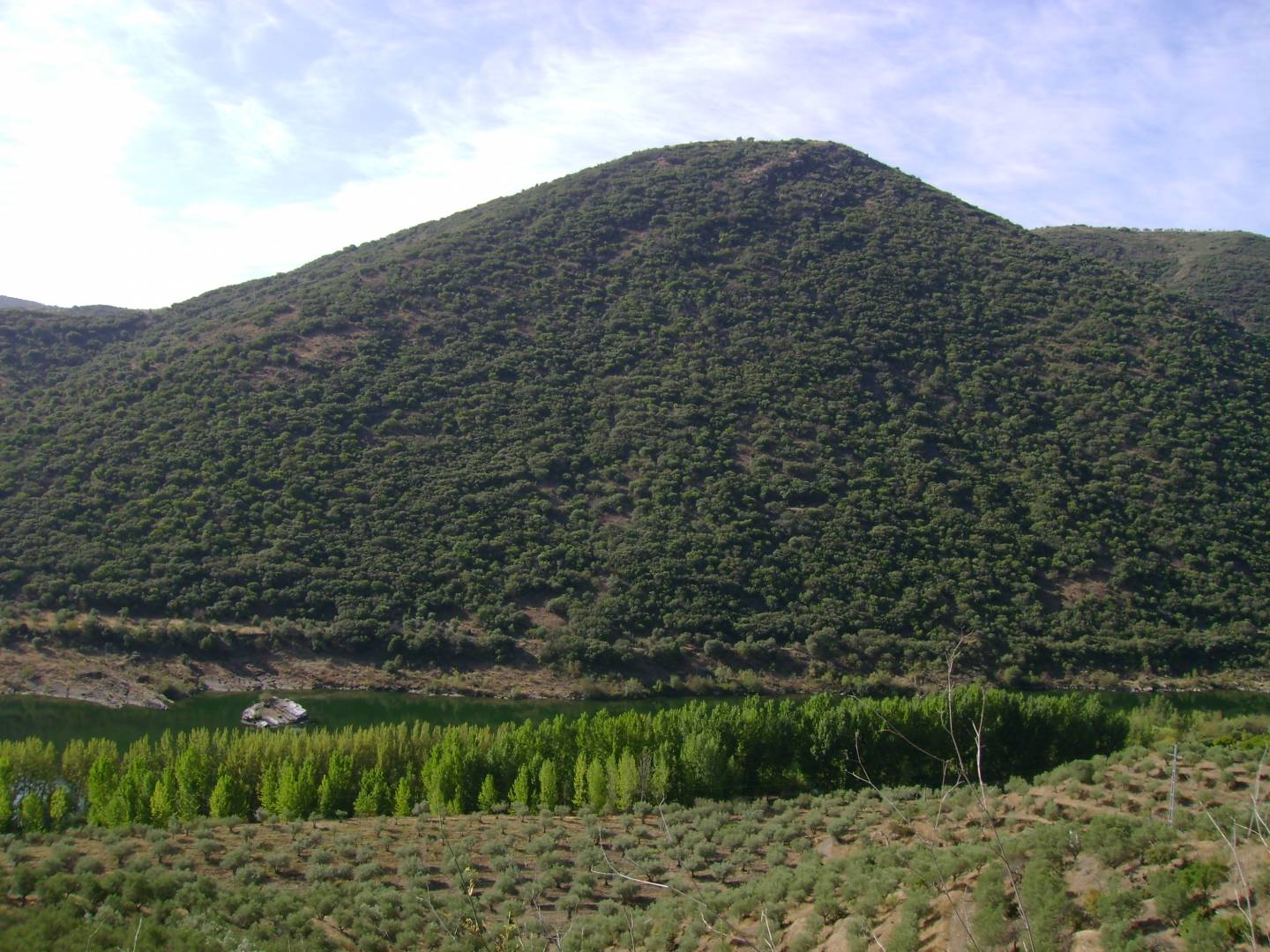
Viewpoint with magnificent views over the cultivated plateaus and the surrounding mountains.
Barca D'Alva

Small pier that can be the starting point for a cruise on the Douro River, or simply a good place for a walk.
Celorico da Beira
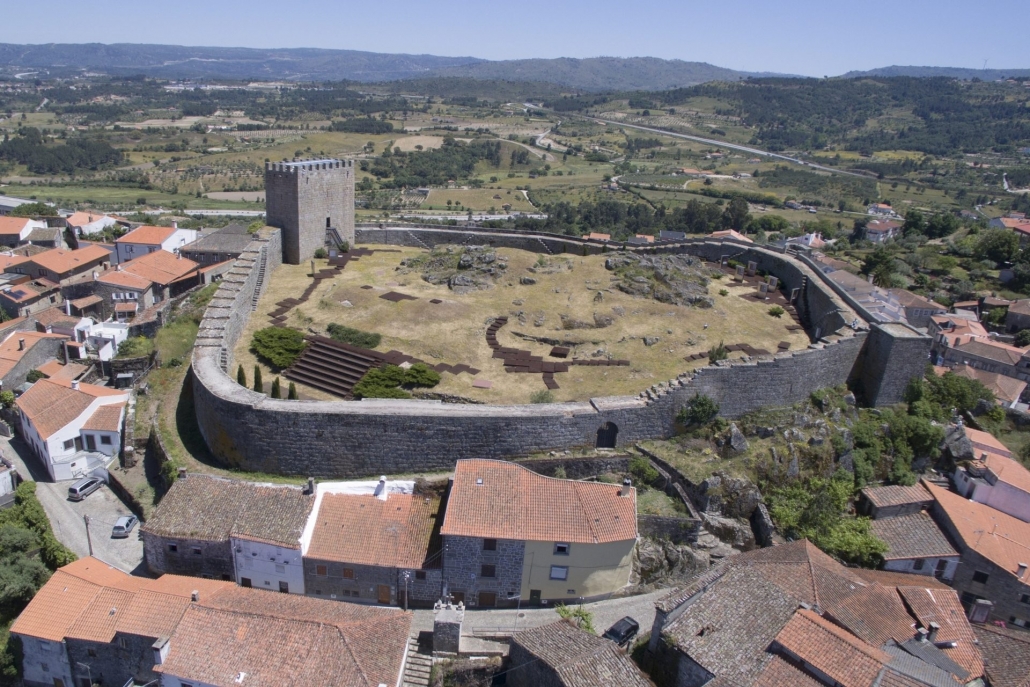
Castle consisting of a fence with two towers and a keep. Located on top of a granite formation overlooking the village, it dates from the 14th century. The straight-arch crevices, rectangular-faced merlons and broken-arch main doors are highlighted. The walls present an irregular configuration and uncovered walkway.
Juromenha
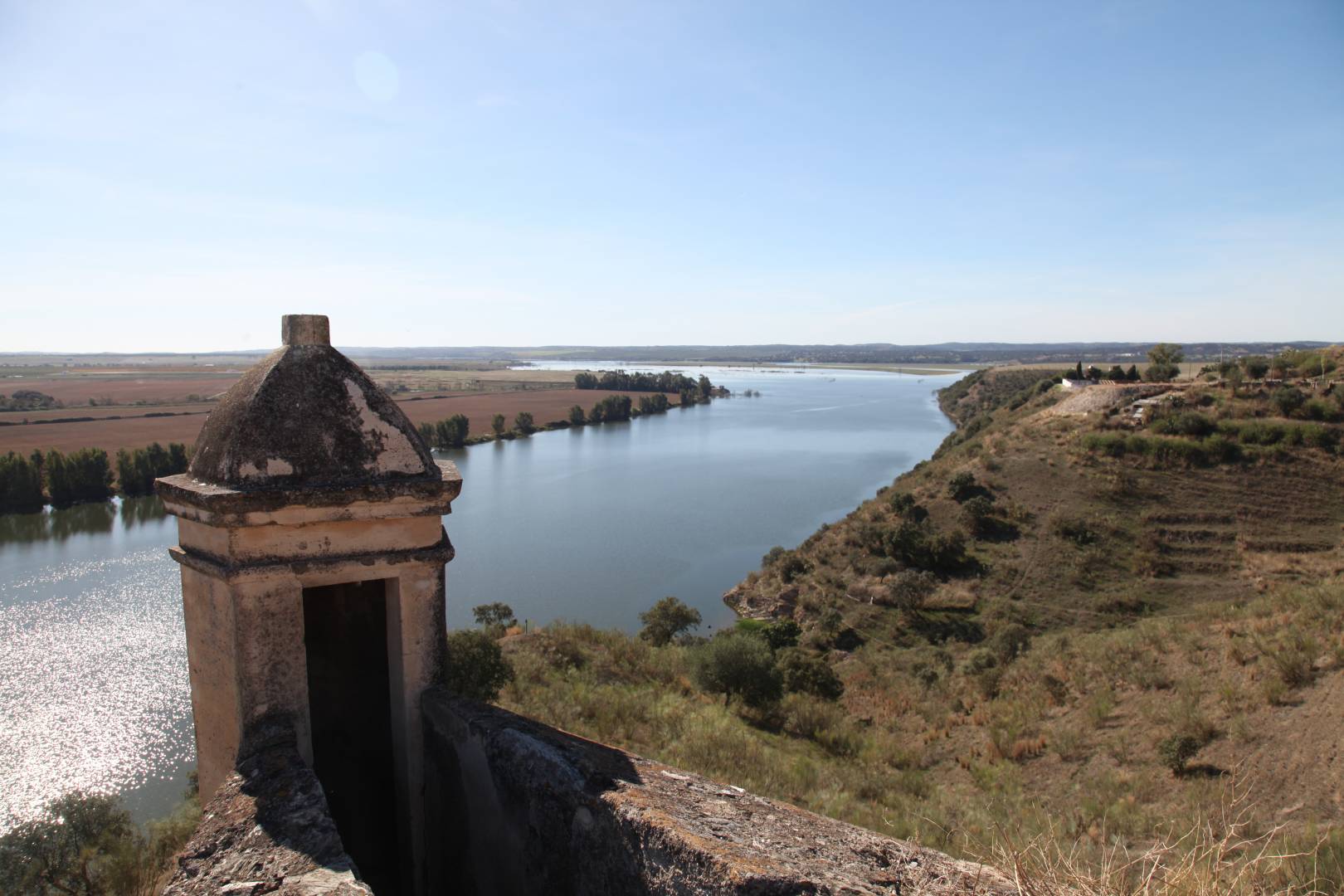
Of the primitive castle of Moorish origin and later renovated by Dom Dinis, only vestiges of the fence remain. Built during the Restoration Wars, the bastion works brought down the defensive lines to the vicinity of the Guadiana River, a natural border line. Of the existing buildings, the old Chamber and the Senate House, in ruins, stand out.
Castro Marim

The outer wall, in a semicircular shape, surrounded the medieval village and the so-called Castelo Velho. Today, only the remains of the castle with four turrets and a door, the ruins of the Church of São Tiago, built in the 14th century, and the Palace of the Mayors remain. The Castle is a unique viewpoint of the Guadiana River, the village, the salt pans and vast horizons of the sea.
Recommended
